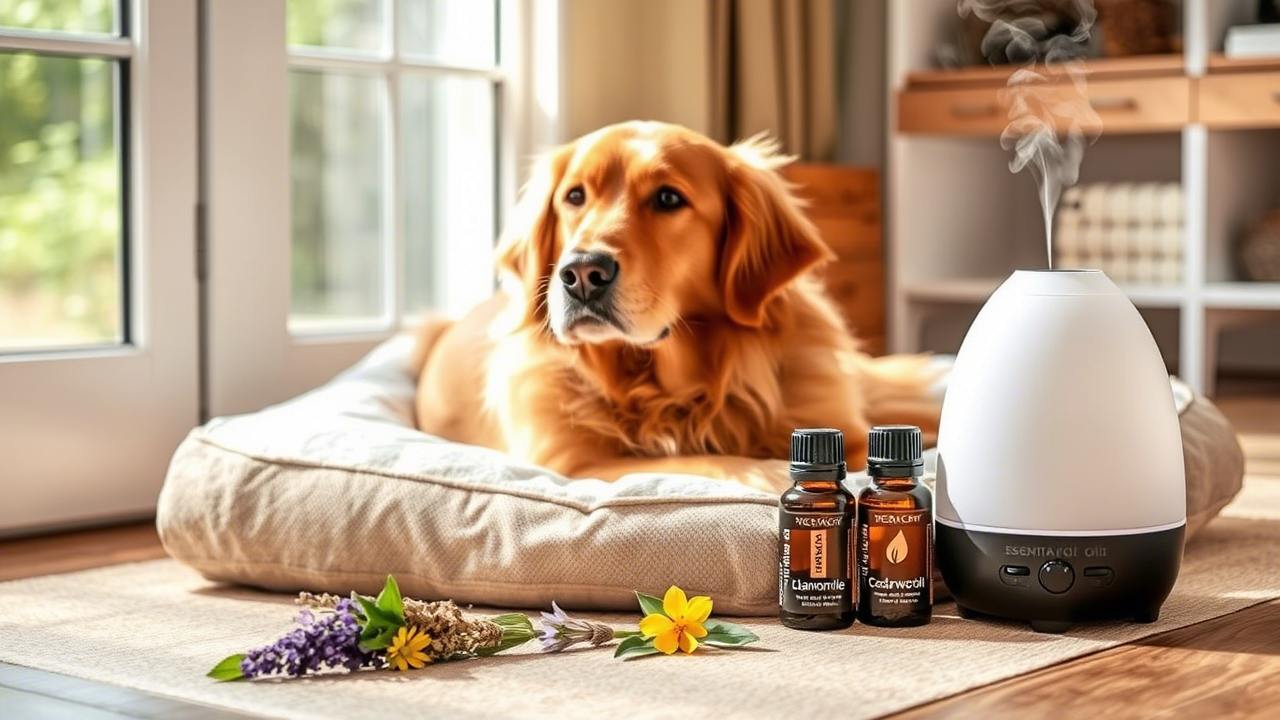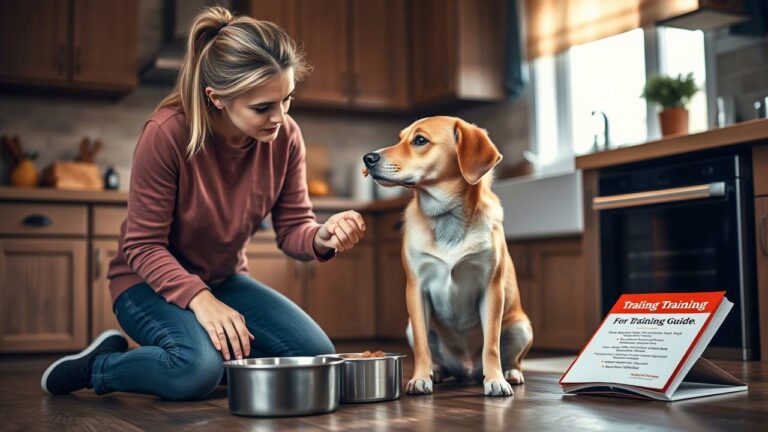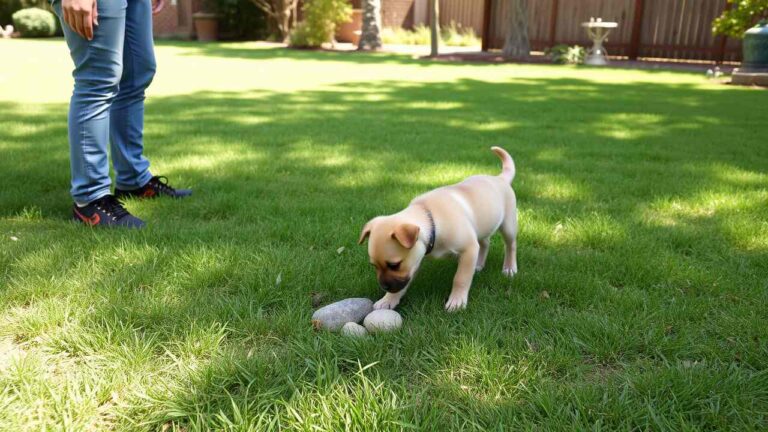Pet Safe Essential Oils for Anxiety in Dogs: Best Calming Options That Work
Anxiety in dogs is a real and often underestimated issue. It can lead to destructive behavior, sleepless nights, and a deeply stressed-out pet. While traditional medications exist, many pet owners now seek gentler, more natural ways to calm their dogs. That’s where pet safe essential oils for anxiety in dogs come in. These oils, when used correctly, can provide soothing relief without the heavy side effects of pharmaceuticals.
Essential oils have been used for centuries to treat emotional and physical conditions in humans, and now many dog lovers are discovering their potential for canine wellness. But not all essential oils are created equal—and when it comes to pets, safety is non-negotiable. You can’t just open a bottle of lavender and assume it’s fine for your dog. Understanding which oils are safe and how to use them effectively is critical if you want to make a real difference in your dog’s anxiety levels.
Understanding Canine Anxiety and Natural Relief
Dogs experience anxiety for many reasons: separation from their owners, loud noises, unfamiliar environments, or even medical conditions. You’ll notice symptoms like restlessness, whining, pacing, panting, or destructive behavior. These are not just signs of a “nervous” dog—they’re signals that your pet needs help.
Essential oils work by targeting the nervous system through scent. Dogs have an incredibly sensitive sense of smell, so just a small amount of the right oil can have a noticeable effect on their mood. But again, the emphasis here is on “the right oil.” Some oils that are safe for humans are toxic to dogs, so choosing pet safe essential oils for anxiety in dogs is critical—not optional.
What Makes an Essential Oil Pet Safe
Safety starts with purity. Avoid synthetic or heavily diluted oils. Always go for therapeutic-grade oils from reputable sources. Even then, dilution is necessary. Dogs don’t need oils applied directly to their skin or fur. Diffusion into the air or dilution into a carrier oil is typically the safest route.
Another key point is dosage. Dogs are smaller than humans, and their bodies process aromatic compounds differently. Using too much of even a safe oil can lead to nausea, skin irritation, or worse. Moderation and observation are your best tools when introducing essential oils into your dog’s routine.
Finally, essential oils should never be forced. If your dog moves away from a diffuser or reacts negatively to a scent, don’t insist. Canines know what they can tolerate. Respect that.
Pet Safe Essential Oils for Anxiety in Dogs
Several essential oils have been researched and tested for safety and calming properties in dogs. Lavender is one of the most widely accepted. It’s known for reducing stress and promoting calm. It can be diffused in the room where your dog sleeps or spends time. Just two or three drops in a water-based diffuser is often enough to relax your dog without overwhelming their senses.
Another effective oil is Roman Chamomile. It supports emotional stability and helps with fear-based responses, such as during thunderstorms or vet visits. Chamomile’s gentle nature makes it a top pick for dogs prone to overstimulation.
Cedarwood is also used to support relaxation. It has grounding properties that help anxious or hyperactive dogs stay calm. When blended with carrier oils, it can be applied (very lightly) to a dog’s collar or bed.
Sweet Marjoram and Frankincense have also been used for their calming effects. Frankincense helps slow down an overactive mind, while Sweet Marjoram eases nervous tension and muscular stress. These oils are especially helpful in older dogs experiencing age-related anxiety or restlessness.
Though all these oils can help manage stress, remember this: never use peppermint, tea tree, clove, cinnamon, or citrus oils on or around dogs. These are toxic to canines and can cause serious reactions.
How to Use Essential Oils Safely Around Dogs
Start with a well-ventilated room. Use a diffuser that allows the scent to spread gently, not aggressively. Let your dog walk in and out of the space as they wish. If you notice any signs of distress—like sneezing, scratching, or hiding—stop immediately.
Another method is creating a diluted spray by combining a few drops of oil with distilled water in a spray bottle. This mist can be used on your dog’s bedding or the air around them, never directly on their body. Some owners use calming collars or bandanas that carry the diluted oil safely. These accessories give your dog gentle exposure to the scent throughout the day.
Topical application is risky and should only be done under the advice of a vet or aromatherapy expert with experience in canine care. Dogs groom themselves by licking, so anything on their skin must be completely safe if ingested.
A strong recommendation is to keep oils stored safely out of your dog’s reach. Even safe oils can be dangerous if your pet chews through a bottle or ingests undiluted product.
Integrating Oils into a Daily Routine
For essential oils to have a lasting impact, they need to become part of your dog’s environment. This doesn’t mean diffusing them every hour, but using them at key moments. Try diffusing calming oils before you leave the house if your dog suffers from separation anxiety. Use them before walks if your dog reacts poorly to outside stressors. Apply them during thunderstorms or fireworks to help your dog remain grounded.
Dogs are creatures of habit. If essential oils become part of their calming routine, they will begin to associate those scents with relaxation and safety. That association is powerful and can shift how your dog responds to previously stressful situations.
But don’t rely on oils alone. Combine them with behavior reinforcement, exercise, and proper nutrition. Oils are a tool, not a cure. They work best when paired with a broader commitment to your dog’s emotional and physical health.
When to Avoid Essential Oils Entirely
There are times when essential oils should be avoided altogether. Puppies under ten weeks old, dogs with respiratory conditions, or pregnant dogs may not tolerate even the safest oils. Dogs with epilepsy, liver disease, or sensitivity to strong scents should be kept away from any kind of aromatherapy. In these cases, speak with a vet first.
Also, if your dog’s anxiety is extreme or worsening, essential oils may not be enough. They can support healing, but they’re not a replacement for veterinary intervention or professional behavior training. Don’t ignore signs of chronic stress, aggression, or severe panic. Oils can assist—but they won’t solve everything on their own.
Choosing the Right Oil for Your Dog’s Needs
Each dog responds differently. Some dogs may find lavender deeply soothing, while others may ignore it. Try one oil at a time and monitor your dog’s behavior. Give each new oil at least a few days before deciding if it works. Avoid combining multiple oils unless you’re sure of their effects and compatibility.
Remember, you’re working with an animal that lives through scent. Essential oils are not a novelty for dogs—they’re powerful cues that shape emotional and physiological states. Your dog deserves the safest, cleanest, and most thoughtful care you can provide.
Pet safe essential oils for anxiety in dogs are more than just a trend. They’re a legitimate way to support emotional stability in your pet when used with care, intention, and responsibility. Don’t treat them like air fresheners or aromatherapy toys. Treat them like medicine—natural, gentle, and powerful when used right. Your dog is depending on you to get it right.






